
Discovering the traditional methods and unique practices of the Amish community often unveils a world where simplicity meets sustainability. Among their many customs, one of the most intriguing is their approach to heating their homes. In an age dominated by modern technology and energy-intensive solutions, the Amish have preserved age-old techniques that prioritize self-reliance and minimal environmental impact.
Key Takeaways
- The Amish prioritize community, simplicity, and self-sufficiency, carefully evaluating technologies based on their impact on these values. Their rejection of grid electricity is a conscious choice to maintain their way of life.
- The Amish employ a variety of heating methods, primarily relying on wood-burning stoves and fireplaces. Some communities also utilize coal furnaces, gas/propane heaters, and innovative solutions like passive solar design and thermal mass.
- Amish heating practices are generally sustainable, relying on renewable resources and energy-conserving techniques. Their homes are often well-insulated and designed to minimize drafts, reflecting their commitment to resourcefulness.
- The popular “Amish Miracle Heater” does not reflect authentic Amish practices. It is a marketing ploy that exploits the Amish reputation for simplicity and ingenuity.
This article explores the various methods employed by Amish communities to stay warm during the colder months, from traditional wood stoves to modern propane heaters.
Understanding the Amish Lifestyle and Technology Use
While often associated with a complete rejection of technology, the Amish approach is more nuanced. They are not categorically opposed to technology but rather evaluate each innovation based on its potential impact on their community and values. Technologies that promote self-sufficiency, such as farming equipment or carpentry tools, may be accepted, while those perceived as disruptive to family and community life, like televisions and personal computers, are generally avoided.
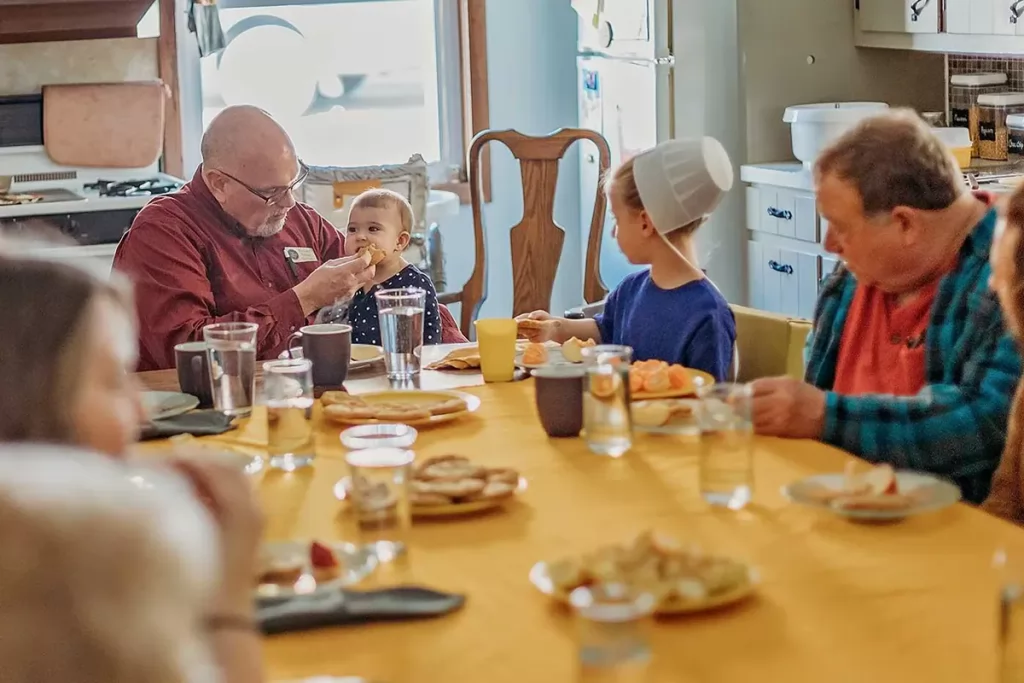
This selective adoption of technology often leads the Amish to live “off-the-grid,” meaning they are not connected to public utilities like electricity and rely on alternative energy sources. However, this does not equate to a primitive lifestyle. Amish communities are often innovative in their use of technology, adapting and modifying tools to suit their needs while adhering to their core values.
Do Amish Use Electricity?
The Amish relationship with electricity is complex and often misunderstood. Contrary to popular belief, their avoidance of electricity is not a wholesale rejection of technology but a carefully considered choice based on their religious beliefs and community values. The Amish prioritize self-sufficiency, communal living, and separation from the modern world. They believe connecting to the electrical grid could lead to a reliance on external sources and foster individualism, ultimately disrupting their tight-knit communities.
However, this doesn’t mean they live in complete darkness. Amish communities often utilize alternative energy sources such as solar panels, gas generators, and batteries to power essential appliances and tools.
As highlighted by an NPR article, while the Amish often avoid the electrical grid, they do use electricity in specific ways. For instance, Donald Kraybill, a professor at Elizabethtown College, notes:
“In Lancaster County, the Amish population is OK with using electricity, but they reject the grid that brings it into most Americans’ homes. That’s because they want to maintain a separation from the wider world.”
Interviews with Amish families further illuminate their approach to electricity. Many express a preference for the quiet and simplicity that comes with avoiding electrical appliances. They value the time spent together in the evenings without the distractions of television or the internet. Some even see the lack of electricity as a way to strengthen family bonds and foster closer relationships.
Traditional Amish Heating Methods
Amish communities primarily rely on tried-and-true methods for heating their homes, often passed down through generations. While these methods vary slightly between communities and individual families, they all share a common thread of practicality, efficiency, and sustainability.

Wood-Burning Stoves (Most Common)
The wood-burning stove is the heart of the Amish home, both literally and figuratively. These sturdy appliances, often passed down through generations, are typically centrally located in the kitchen or living area. Unlike modern stoves, they can be quite large, often reaching 3-4 feet tall and 2-3 feet wide. They are constructed from heavy cast iron, giving them a substantial and old-fashioned look, often with a black or ornately painted finish. A flat surface on top serves as a cooktop, with burners or a solid plate for pots and pans. A firebox with a cast iron door sits below the cooktop, where wood is loaded and burned. A long pipe extends from the top of the stove, venting smoke out of the house.
Amish families meticulously collect firewood throughout the year, ensuring a plentiful supply for the winter months. The process of chopping, stacking, and drying wood is a communal effort that fosters a sense of shared responsibility and resourcefulness.
Gas/Propane Heaters
In some Amish communities, particularly those with a more relaxed approach to technology, gas or propane heaters are used as supplemental or primary heating sources. These heaters offer a convenient and efficient way to quickly warm up a room or provide additional heat during particularly cold spells. They are often used in conjunction with wood stoves, offering flexibility and control over temperature. They come in various sizes, but generally stand 2-4 feet tall. Unlike a central heating system, these are space heaters, meant to warm a single room or area.
However, the use of gas or propane heaters is not without its drawbacks. Unlike wood, which can be harvested locally, gas and propane must be purchased, creating a dependency on external resources. This can be a concern for some Amish communities, who prioritize self-sufficiency and strive to minimize their reliance on the outside world.
Coal Furnaces
For some Amish communities, coal furnaces offer a reliable and long-lasting heating solution. These furnaces, often housed in basements or outbuildings, burn coal to generate heat, which is then distributed throughout the home through a network of ducts and vents. Unlike the familiar central heating units found in most modern homes, a coal furnace is a large, industrial-looking appliance. They can range from 4 to 6 feet tall and wide, often constructed from thick cast iron for durability.
Coal furnaces come with their own set of challenges. They require a significant upfront investment and regular maintenance to ensure optimal performance. The process of loading coal and removing ash can be labor-intensive, requiring dedicated effort from family members. Additionally, coal burning produces emissions that can have negative environmental impacts, raising concerns for some within the Amish community who prioritize sustainable practices.
Fireplaces (Secondary Heat Source)
While not typically used as a primary heating method, fireplaces hold a special place in Amish homes. They serve as a gathering point for family and friends, providing a warm and inviting atmosphere. Amish fireplaces are often built with locally sourced materials like stone or brick, reflecting the community’s connection to the land and commitment to craftsmanship.
Beyond their aesthetic appeal, fireplaces offer practical benefits. They can be used to supplement the heat provided by other sources, reducing the need for additional energy consumption. In some Amish homes, fireplaces are equipped with cooking grates, allowing for the preparation of meals over an open flame.
Innovative and Sustainable Heating Solutions
While the Amish are deeply rooted in tradition, they are not averse to adopting innovative solutions that align with their values of sustainability and resourcefulness. In recent years, some Amish communities have begun to explore and implement modern heating technologies that minimize environmental impact and enhance energy efficiency.

Passive Solar Design
Harnessing the sun’s energy is not a new concept for the Amish. They have long understood the importance of orienting their homes and barns to maximize sunlight exposure. However, some communities are taking this a step further by incorporating modern passive solar design principles. This involves strategically placing windows, using overhangs for summer shade, and selecting building materials with high thermal mass.
For example, some Amish homes have now begun to feature large, south-facing windows that allow sunlight to penetrate deep into the living spaces during the winter months. This passive solar gain can significantly reduce the need for additional heating. In the summer, carefully designed overhangs prevent the sun’s rays from overheating the house, keeping it naturally cool.
According to Electric Rate, some Amish communities began using solar power as early as the 1990s. In addition to wind turbines installed on churches and barns, Amish homes often feature solar panels on their roofs. These panels are connected to batteries that provide electricity for lights, water pumps, and even refrigerators.
Thermal Mass
Amish builders have long incorporated materials with high thermal mass, such as brick, stone, or even water tanks, into their homes. These materials absorb heat during the day and slowly release it at night, providing a consistent and comfortable temperature. For instance, a stone wall facing the sun will absorb heat throughout the day and radiate it back into the room as the temperature drops in the evening.
Recently, some Amish communities have begun experimenting with innovative thermal mass solutions, such as Trombe walls. These walls consist of a dark-colored surface placed behind a layer of glass. Sunlight passing through the glass heats the surface, which then radiates warmth into the room. This simple yet effective technique can significantly reduce the need for conventional heating.
Community Heating Systems
The Amish value of communal living extends to heating solutions as well. In some communities, centralized heating systems are being implemented to serve multiple homes or buildings. These systems can be powered by various sources, including wood-fired boilers, geothermal heat pumps, or even solar thermal collectors.
For instance, a wood-fired boiler can efficiently heat several homes using a network of underground pipes. This eliminates the need for individual wood stoves in each house, reducing labor and fuel consumption. Similarly, geothermal heat pumps harness the constant temperature of the earth to provide heating and cooling, offering a highly efficient and sustainable solution.
Debunking the “Amish Miracle Heater” Myth
In recent years, a product called the “Amish Miracle Heater” has gained popularity and has been marketed as an “Amish-inspired” heating solution. This small, portable electric heater claims to be incredibly efficient and capable of heating large spaces with minimal energy consumption. It is often advertised as a secret Amish technology, implying it is widely used within their communities.

The reality is that the “Amish Miracle Heater” is not a traditional Amish heating method. It is a modern electric heater manufactured by a non-Amish company and is not representative of the Amish way of life. It’s considered a marketing gimmick that exploits the Amish reputation for simplicity and ingenuity..
Beyond Heating: Amish Energy Conservation
While the Amish utilize a variety of heating methods, their commitment to energy conservation goes far beyond simply warming their homes. They have developed a multi-faceted approach that encompasses insulation, draft prevention, and mindful living practices, all contributing to a more sustainable and efficient lifestyle.
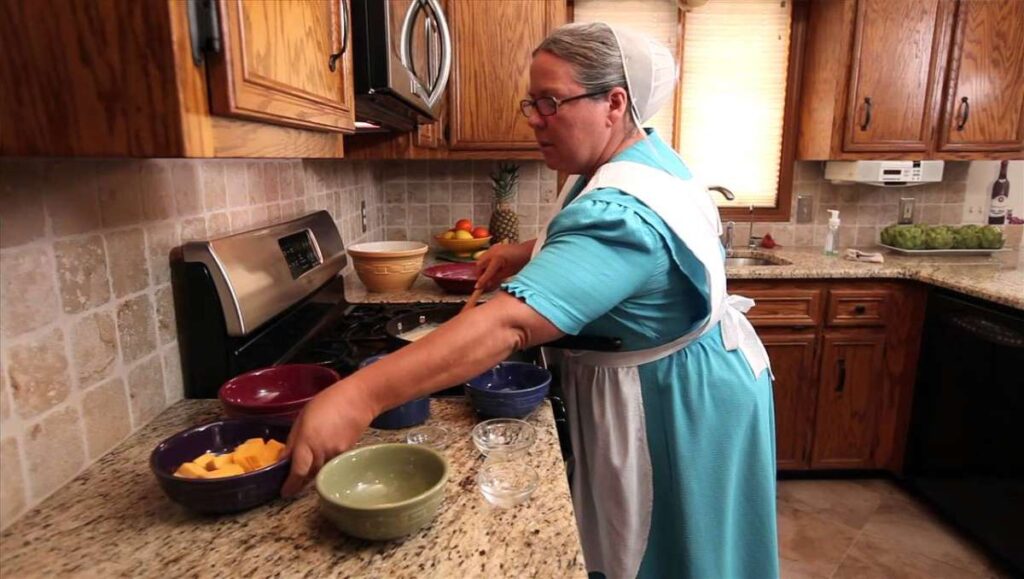
- Insulation: Amish homes are often well-insulated, utilizing a combination of traditional and modern materials. Walls are typically constructed with thick layers of wood or stone, providing a natural barrier against the cold. In addition, some communities have adopted the use of insulation materials like fiberglass or cellulose, which are blown into walls and attics to create an even more effective thermal barrier. Proper insulation not only retains heat but also helps maintain a consistent temperature, reducing the need for constant adjustments to the heating system.
- Draft Prevention: Amish homes are meticulously constructed to minimize drafts and air leaks. Doors and windows are often fitted with weatherstripping or caulk to prevent cold air from seeping in. Cracks and gaps in walls or floors are also carefully sealed. Some communities even use heavy curtains or shutters to cover windows at night, further reducing heat loss. These simple yet effective measures significantly improve the energy efficiency of Amish homes, allowing them to stay warm with less reliance on heating systems.
- Mindful Living: The Amish way of life itself is inherently energy-conserving. Their simple dress, with layers of warm clothing and quilts, helps them stay comfortable even in chilly temperatures. They also tend to spend more time outdoors during daylight hours, taking advantage of natural light and warmth. In the evenings, they often gather around a single heat source, such as a wood stove or fireplace, rather than heating individual rooms. These practices, combined with their emphasis on frugality and resourcefulness, contribute to a lifestyle that minimizes energy consumption and waste.
Conclusion
The Amish approach to heating their homes is a testament to their resourcefulness, adaptability, and deep-rooted commitment to sustainable living. From the traditional warmth of wood-burning stoves to the innovative use of passive solar design and community heating systems, they have found diverse ways to stay comfortable while staying true to their values. Their rejection of grid electricity is not a mere aversion to technology but a deliberate choice that reflects their emphasis on self-sufficiency, community, and a simple way of life.
The Amish example offers valuable lessons on the importance of sustainability, community, and a mindful approach to energy consumption. Their ability to adapt and thrive while staying true to their core values is a testament to the enduring power of tradition and the boundless potential of human ingenuity.
Frequently Asked Questions (FAQs)
How do the Amish heat their homes in winter?
The Amish heat their homes in winter primarily using wood-burning stoves and fireplaces, which provide a reliable and sustainable source of warmth. Some communities may also use coal stoves or propane heaters, depending on local customs and regulations.
Are Amish heating methods sustainable?
Yes, Amish heating methods are generally considered sustainable. Their reliance on wood, a renewable resource, and their commitment to energy conservation practices like insulation and draft prevention contribute to a smaller environmental footprint. However, some methods, like coal furnaces, may have a higher environmental impact compared to others.
Can non-Amish people adopt Amish heating methods?
Many Amish heating methods can be adapted for non-Amish homes. Wood-burning stoves, fireplaces, and passive solar design principles can all be incorporated into modern homes to reduce reliance on conventional heating systems and lower energy costs. However, it’s important to consult with professionals and adhere to local building codes and regulations when implementing these methods.

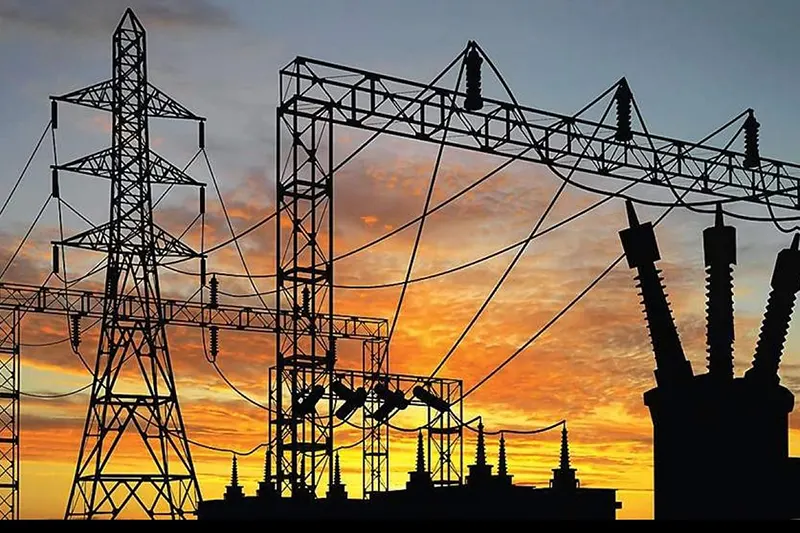
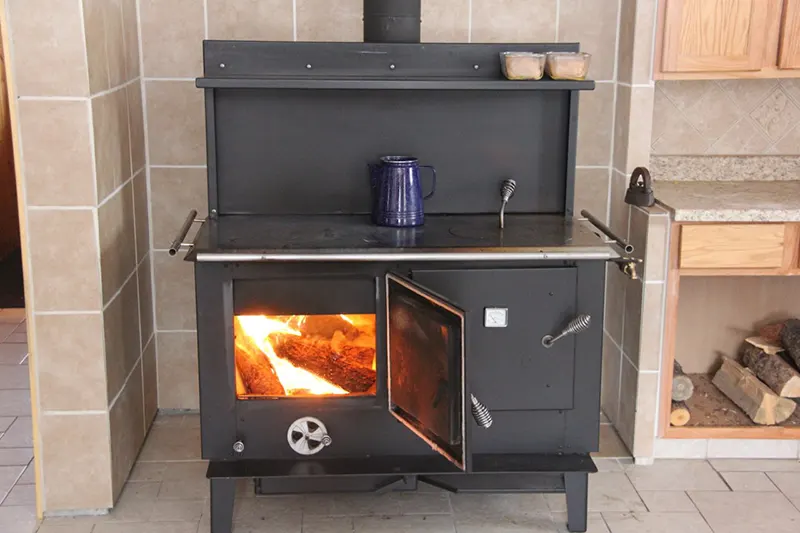
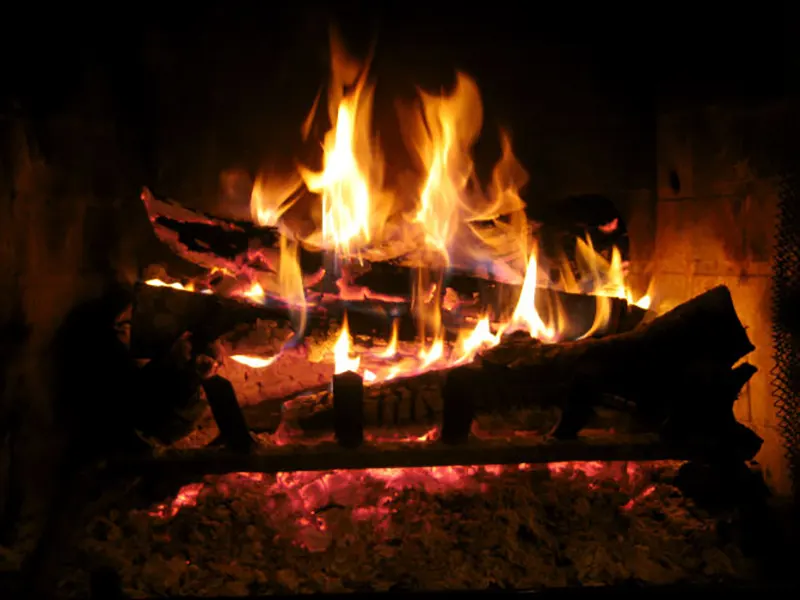
I was wondering if you ever made products for a Tiny Home? I would like to heat my home without electricity. About 300 – 400 ft. More than likely less.